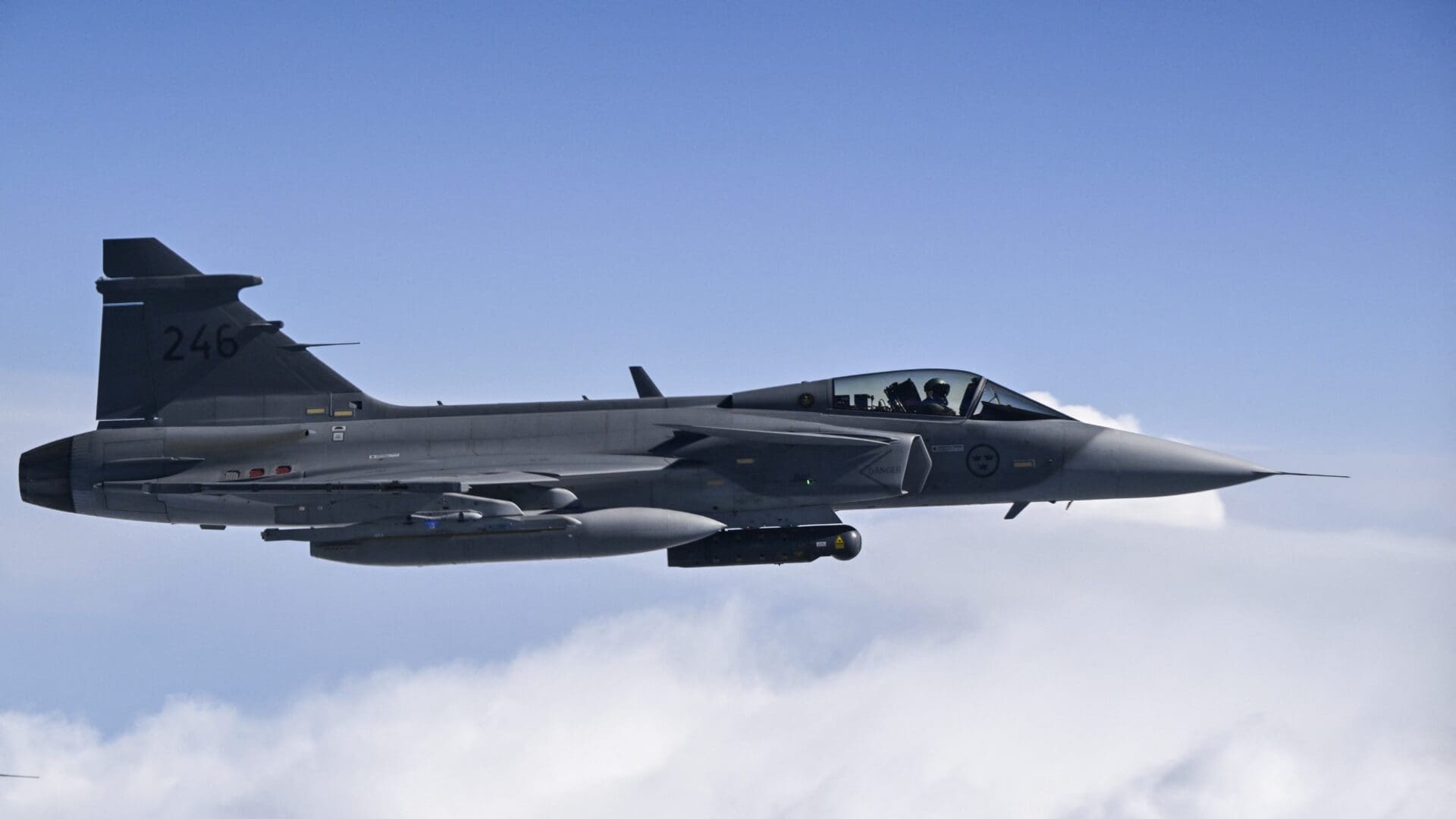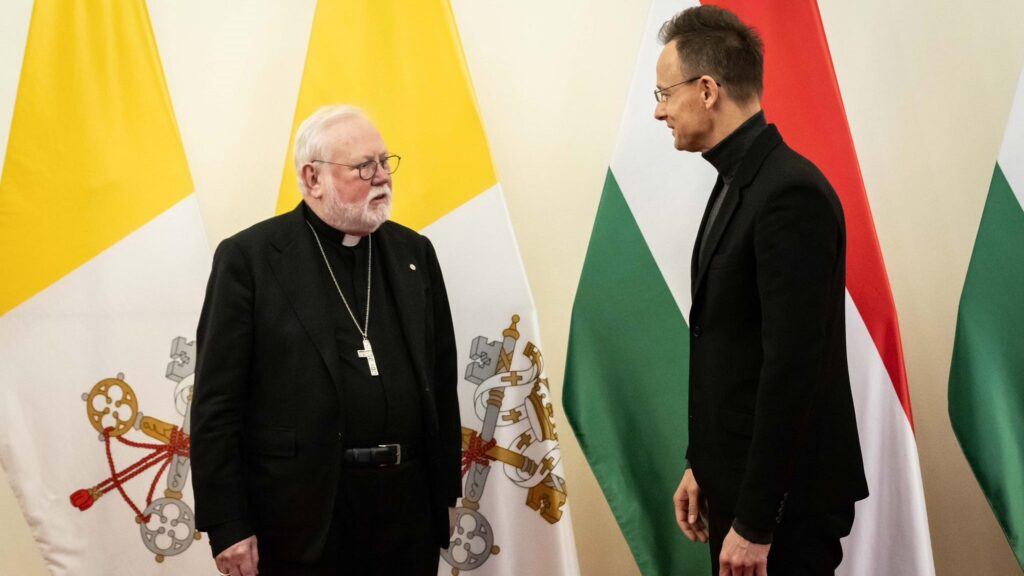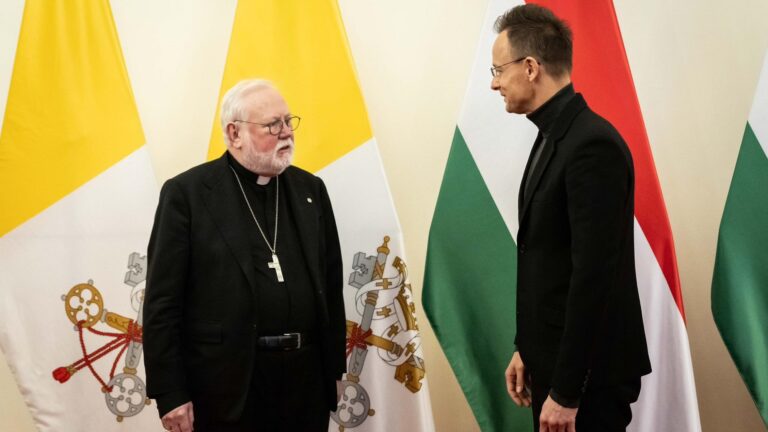The Hungarian Defence Forces will be reinforced with four additional Gripens, Minister of Defence Kristóf Szalay-Bobrovniczky announced on Friday.
In a statement by the Ministry of Defence, it was noted that due to Hungary’s increased involvement in foreign missions and the altered security environment, there was a need to further develop the combat aviation capabilities of the air force. Quoting the Minister of Defence, it was announced that alongside the existing 14 JAS-39 Gripens, the Hungarian government has decided to procure an additional four JAS-39Cs. According to the minister, these new acquisitions will enhance Hungary’s air force capability in line with national and NATO expectations for the defence of the country’s airspace. The ministry’s statement highlighted that the state-of-the-art multi-role combat aircraft has ‘outstanding characteristics in terms of both air combat and effectiveness against ground targets, as well as in terms of operations’.
The minister also reminded that the Gripen fleet, considered the backbone of the Hungarian Air Force, is internationally recognized and praised. Hungarian JAS-39s have protected the airspace of the Baltic countries three times as part of the NATO mission (BAP), and they will undertake this task again in 2025. Additionally, Hungarian Gripens, together with Italy, contribute to the defence of Slovenia’s airspace, as well as collaborate with the V4 countries in safeguarding Slovakia’s airspace.
According to the ministry’s press release,
beside the expansion of the fleet, the parties have also agreed on the long-term, ten-year extension of logistics services provided by the Swedish manufacturer,
as well as cooperation in training. The statement quoted Szalay-Bobrovniczky as saying that ‘an Excellence Centre utilizing artificial intelligence is being established based on the cooperation agreement between the Ministry of Defence and the Swedish defence industry company SAAB.’ The Swedish party will participate, among other things, in the development of virtual training needs for improving the combat aviation capability of the Hungarian Air Force and the supporting operational capacities. In connection with this, the centre, coordinated by the Hungarian Defence Innovation Research Institute Ltd (VIKI), will initiate a pilot project for maintenance training supported by the application of artificial intelligence.
The JAS 39 Gripen (Swedish for ‘Griffon’) is a fourth-generation lightweight fighter-bomber aircraft manufactured by the Swedish consortium Industrigruppen JAS, consisting of Saab, Ericsson, Volvo, and Celsius Aerotech. Its design prioritizes versatility, reflected in its name, where ‘JAS’ abbreviates ‘Jakt’ (Hunter), ‘Attack’ (Attacker), and ‘Spaning’ (Reconnaissance). Introduced into service with the Swedish Royal Air Force in 1996, the Hungarian Air Force, the South African Air Force, the Royal Thai Air Force, and the Brazilian Air Force have all acquired the type. The versions produced or modified for Czech and Hungarian customers are NATO-compatible.
The first five aircraft arrived in Kecskemét on 21 March 2006, with four Hungarian and three Swedish pilots, and were officially handed over on 30 March. They were followed by the sixth aircraft with a Swedish pilot on 25 October, and the ninth, which had previously been delivered but returned for software modifications, on 31 January 2007, also with a Swedish pilot. The tenth and eleventh aircraft arrived on 8 August 2007. The remaining three arrived on 13 December 2007. They participated in live-fire exercises for the first time in June 2008 at the Vidsel range in Sweden. The aircraft were certified for air defence missions on 15 December 2008, with their initial operational capability declared on 22 December. They have been on three-week rotations, alternating with the ‘Fulcrums,’ until 1 January 2010, when they fully took over with the retirement of the MiG-29s.
In August 2021, a decision was made to modernize the Hungarian Air Force’s Gripen fleet, including the enhancement of radar and armaments. As a result, the Gripen will remain the primary fighter aircraft for the Hungarian Armed Forces in the 2020s, with no plans for a change in type. As part of the Gripen development programme, the first batch of IRIS-T missiles was ordered in December 2021, with more to follow. Israeli Elbit Systems’ TARGO II helmet-mounted sights will be integrated into Hungarian Gripens to fully exploit the capabilities of the IRIS-T missiles. Additionally, the radar will be upgraded to the PS-05/Mk4, with significantly greater range than the current onboard radar. The new MS 20 Block 2 software package will be installed, making Hungarian Gripens much more efficient and potent. The MS 20 Block 2 package includes a new air-to-ground weapon, the GBU-49, which can be used with high precision in both GPS and laser guidance modes. The GBU-49, along with the new CAS digital, direct air support package, shortens the time from receiving the command to precise target engagement. There are also plans to establish a second Gripen squadron.
Related articles:








